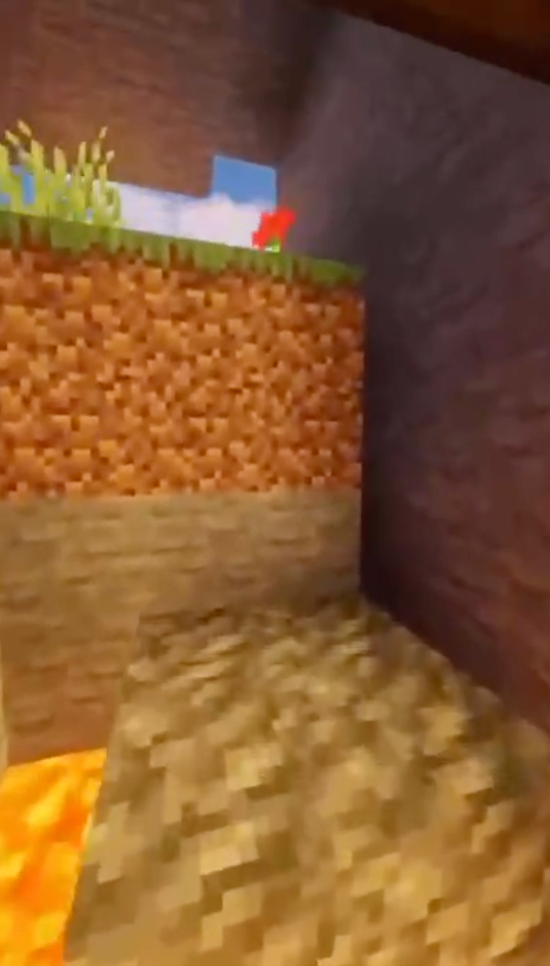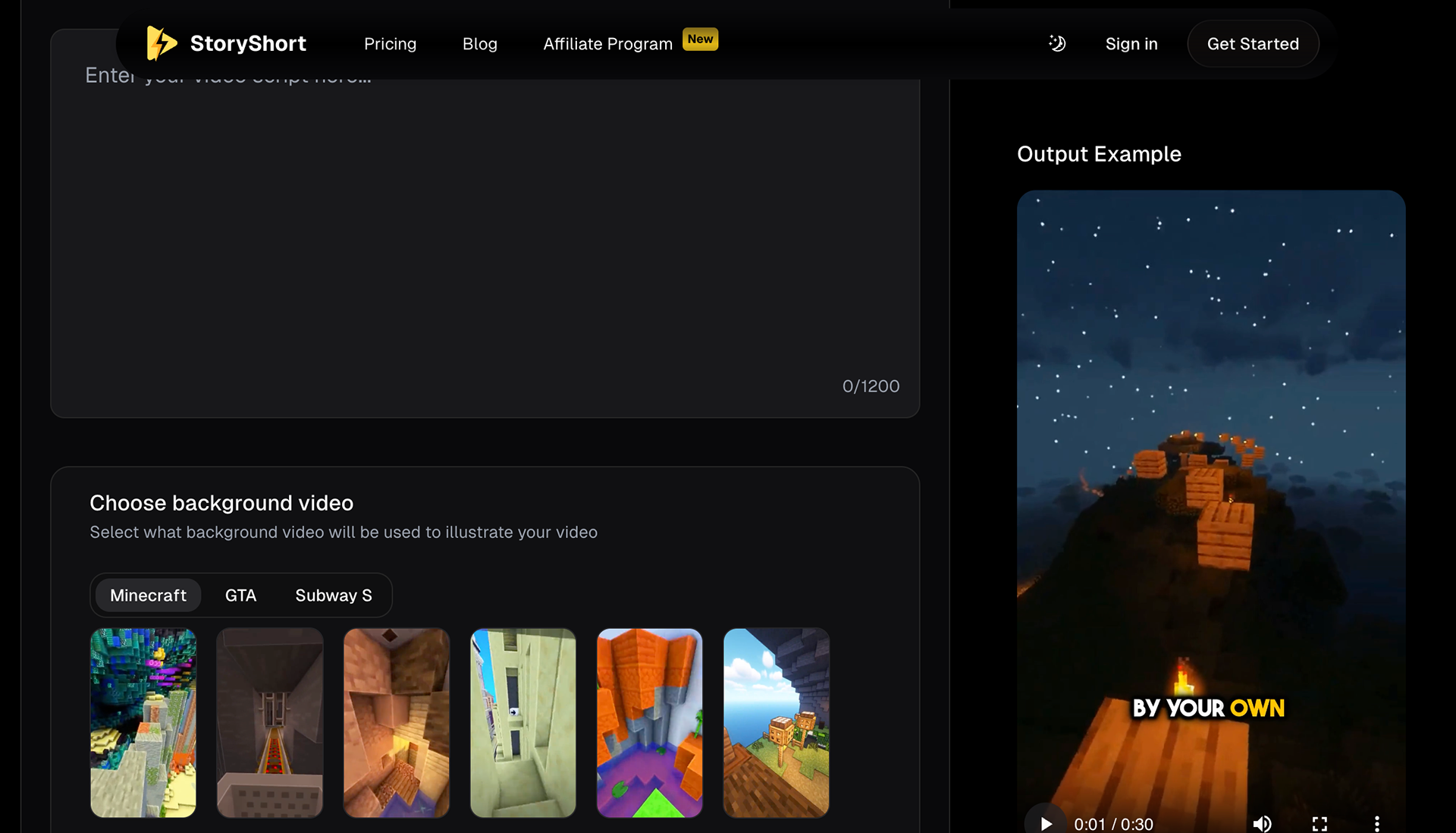(And Why It’s Kind of Running the Show)
Right now, AI is everywhere. Not in a creepy, "Skynet is watching" way (we hope), but in a quietly revolutionary, “your life is already half-automated and you didn’t even notice” way.
In Design – AI tools are speeding up workflows, suggesting color palettes, generating logos, and even writing ad copy. Designers either love it, use it in secret, or quietly cry in the shower while Midjourney nails the brief in 14 seconds. Progress, right?
In Music – Artists and producers are experimenting with AI-generated beats, voices, and lyrics. The next big indie hit might be a collab between a lo-fi bedroom producer and a neural net trained on Joni Mitchell and TikTok sea shanties. Welcome to the new jam session.
In Writing – AI like ChatGPT is helping students brainstorm essays, copywriters draft emails, and authors break through writer’s block. Sure, your professor might get suspicious if your “voice” suddenly becomes suspiciously eloquent—but hey, you’re learning from the best (a large language model trained on billions of words).
In Customer Service – Let’s not forget our robotic friends answering your insurance questions, refunding your socks, or misidentifying your grandma as a bot when she tries to return a blender. It's not perfect, but it’s faster than waiting on hold for 47 minutes.
In Healthcare – AI is scanning x-rays, analyzing symptoms, and assisting doctors with treatment plans. It’s like having a second opinion that doesn’t need coffee breaks or ego validation.
And that’s just the tip of the digital iceberg.
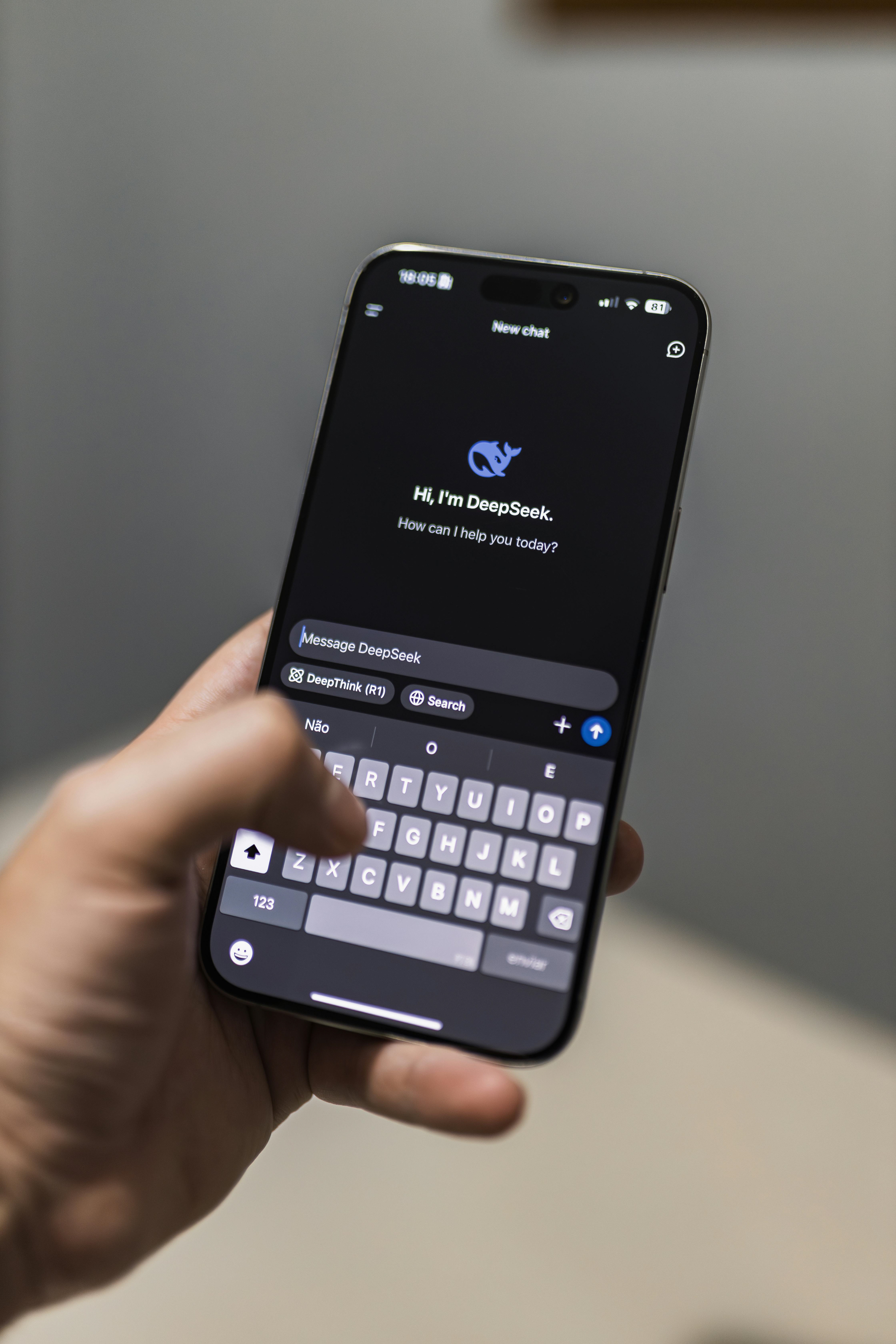
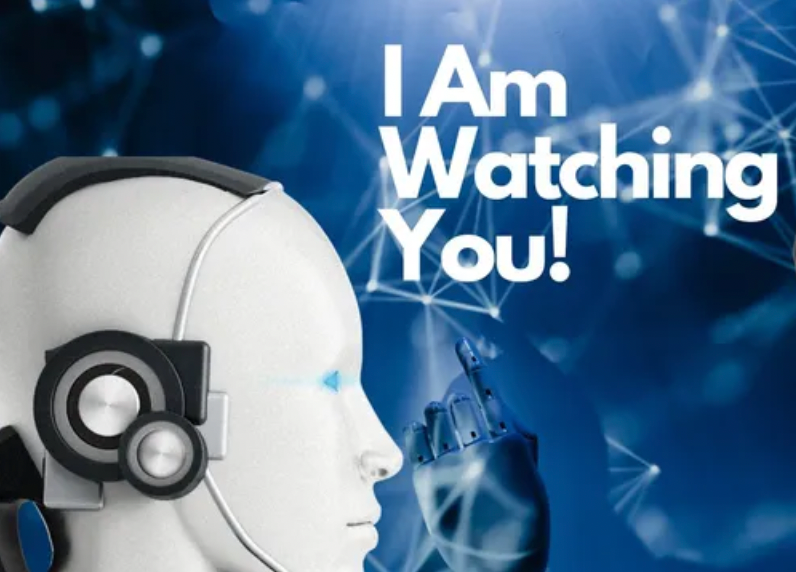
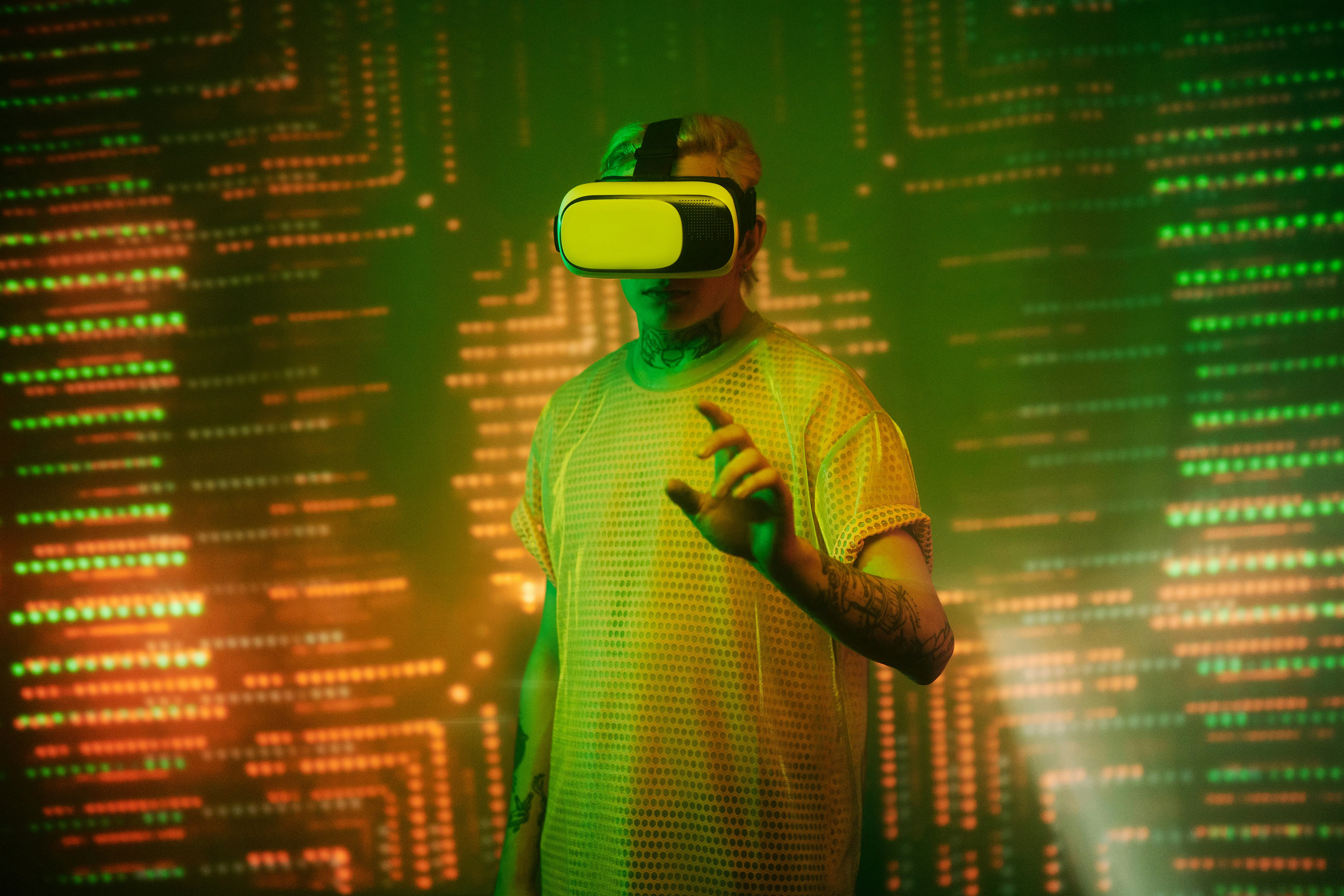
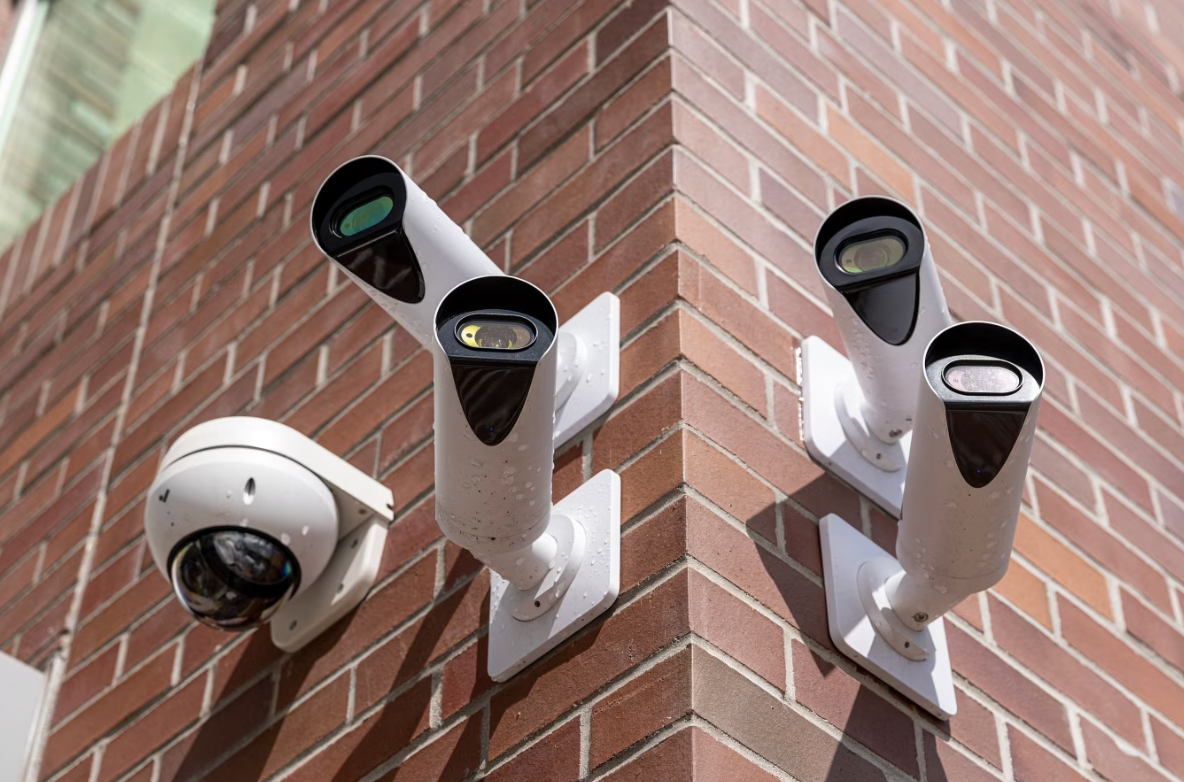
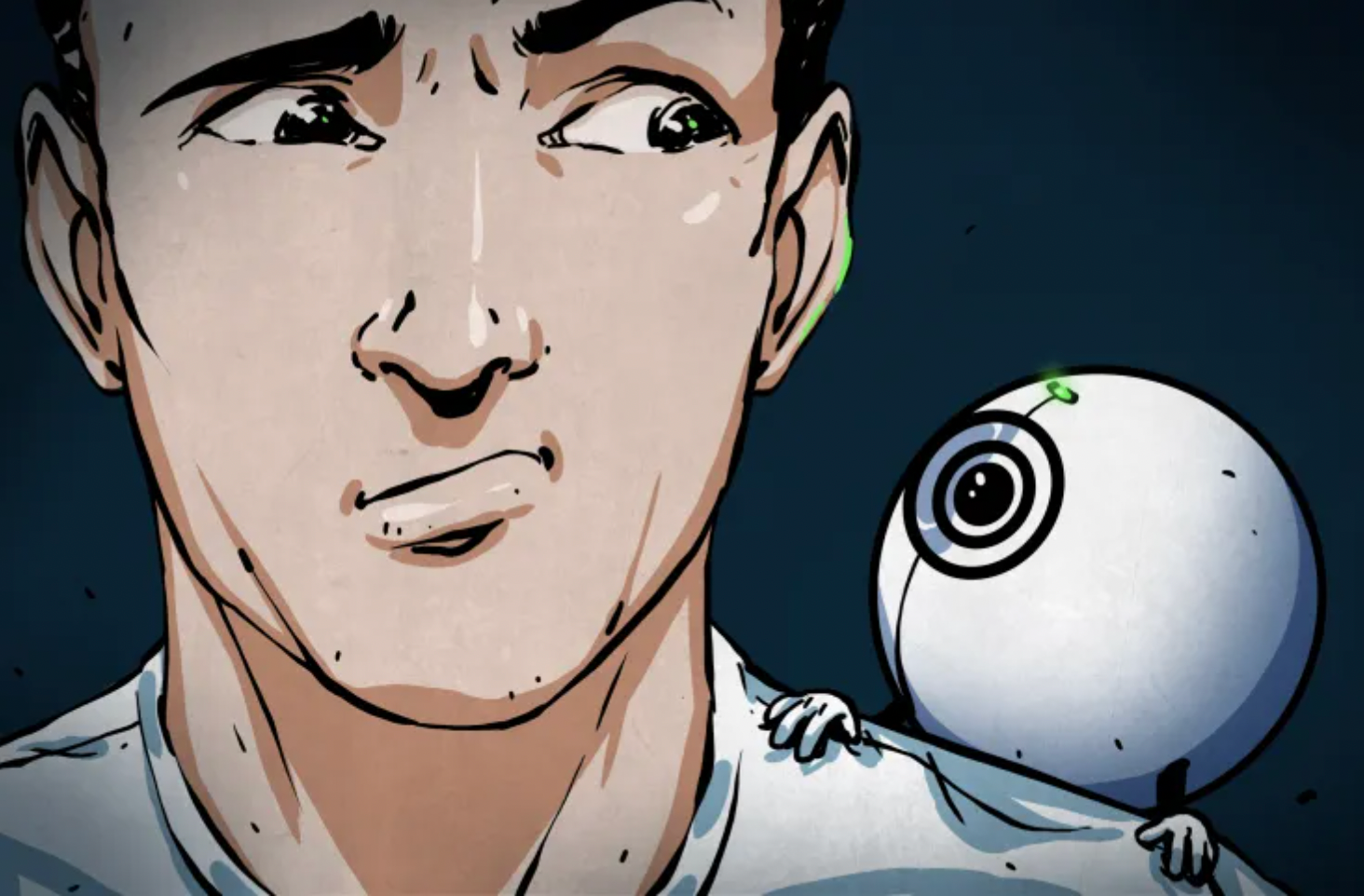
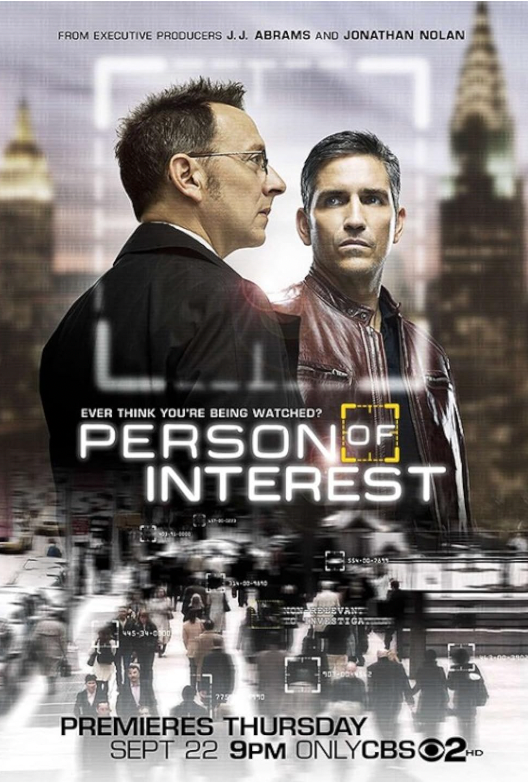
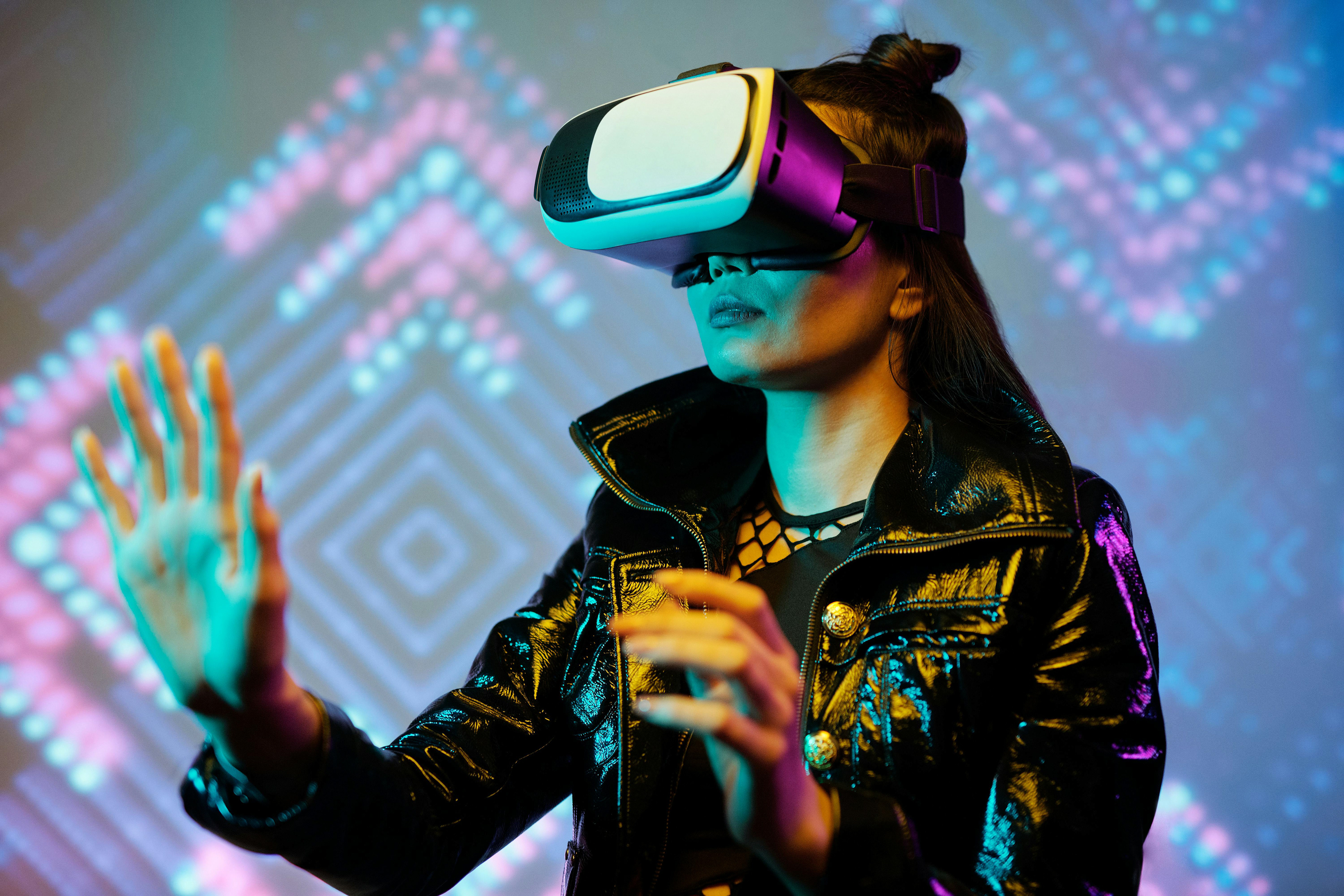
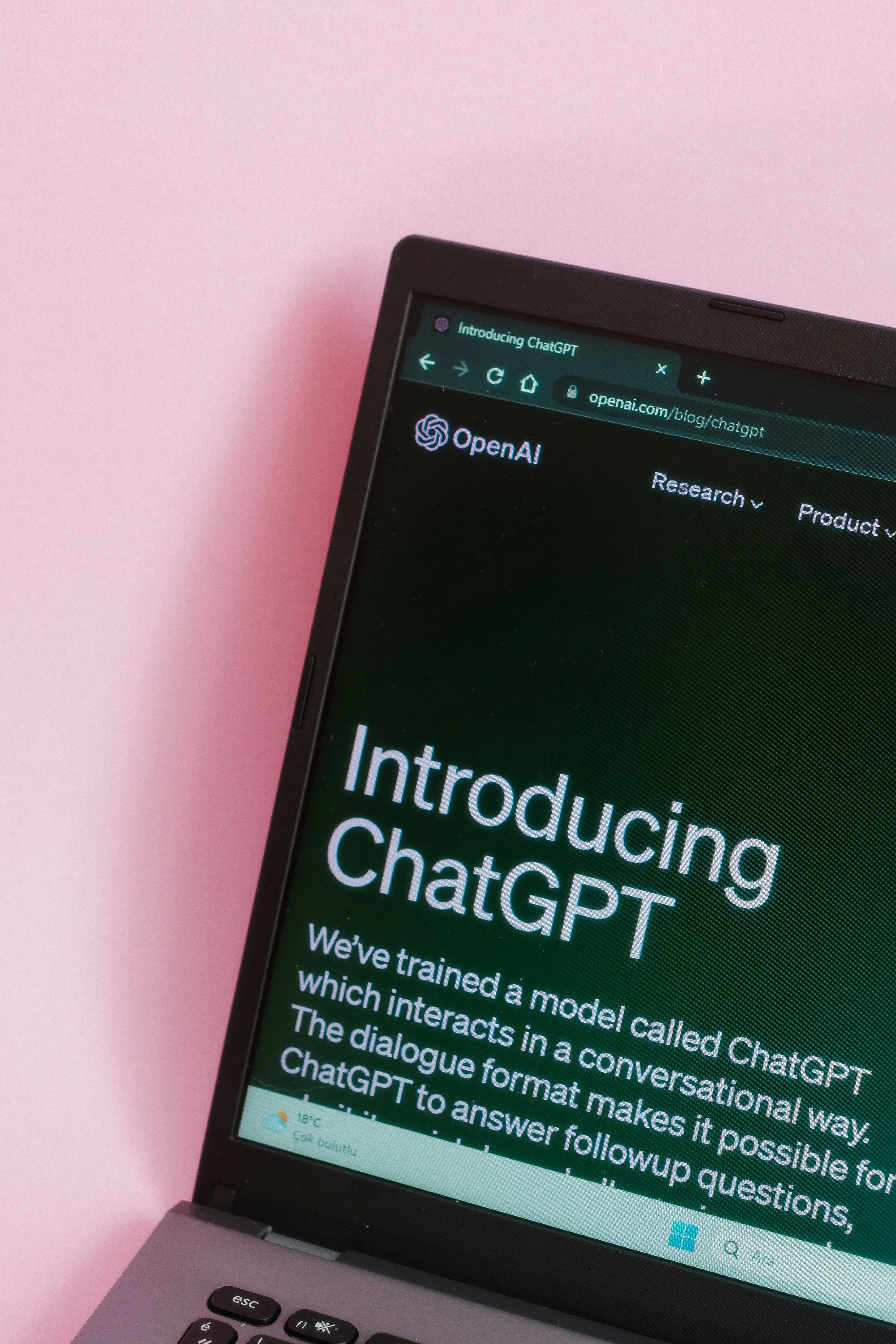
Unhinged Ai:
On the lighter (and slightly unhinged) side of AI, a hilarious trend has emerged: AI-generated videos that show "what really happened after viral memes". You know the ones—like the “Charlie Bit My Finger” kids, except now Charlie gets up, grows fangs, and flies out the window. Or that one vine where the kid yells “I’m in me mum’s car—vroom vroom!” and then drives off into a dystopian Fast & Furious AI-rendered future. These videos use generative models to morph classic internet moments into bizarre, absurdist continuations that no human would’ve thought of (or dared to animate). It’s like giving memes an epilogue written by a hallucinating robot with a deep love of early YouTube and chaos. The AI fills in what could have happened, not what did, and the results are often surreal, oddly touching, or just straight-up cursed in the best possible way. It's meme necromancy—and the internet can't get enough.
As AI gets more culturally literate (and somehow more emotionally unstable), it's starting to recreate internet history—not just as a preservation tool, but as a full-blown genre. These videos, often stitched together with deepfaked faces, vintage filters, and meme-accurate dialogue, give us alternate timelines of familiar viral content. It’s like watching the past being remixed by someone who wasn’t there, but studied it obsessively through corrupted VHS tapes. There’s something strangely comforting about watching the “Shoes” guy grow up, get a job, and still shout "LET’S GET SOME SHOES" every time he walks past a mall. AI doesn’t just remember memes—it grieves them, revives them, and sometimes drags them into the uncanny valley for a final, awkward hug. It’s nostalgia, yes—but coded through synthetic memory, where nothing ends and everything loops forever.
Now, AI isn’t just reviving old memes—it’s generating new ones from scratch, and they are beautifully, unapologetically unhinged. We’re talking videos where anthropomorphic kittens give birth in high school, attend cat prom, and then two orange cats get married, only for one to cheat with their personal trainer—a jacked black cat named Flexpaw—leading to a bitter divorce. The whole saga is set to a haunting, auto-generated meowing ballad, like if Andrew Lloyd Webber did ketamine and wrote Cats 2: The Reckoning. These characters have complex storylines, melodrama, and zero logic, yet somehow feel emotionally real to their growing fandom. And just when you think it can’t get weirder, you meet the Spanish AI voiceover genre: cracked-out narrators chanting phrases like “BALEIRINA CAPACHINA” or “TUNG TUNG TUNG SAHAUR” over clips of raccoons driving motorcycles through thunderstorms. None of it makes sense. And yet, it all makes sense. Welcome to the future—where AI dreams in memes, and we’re just along for the ride.
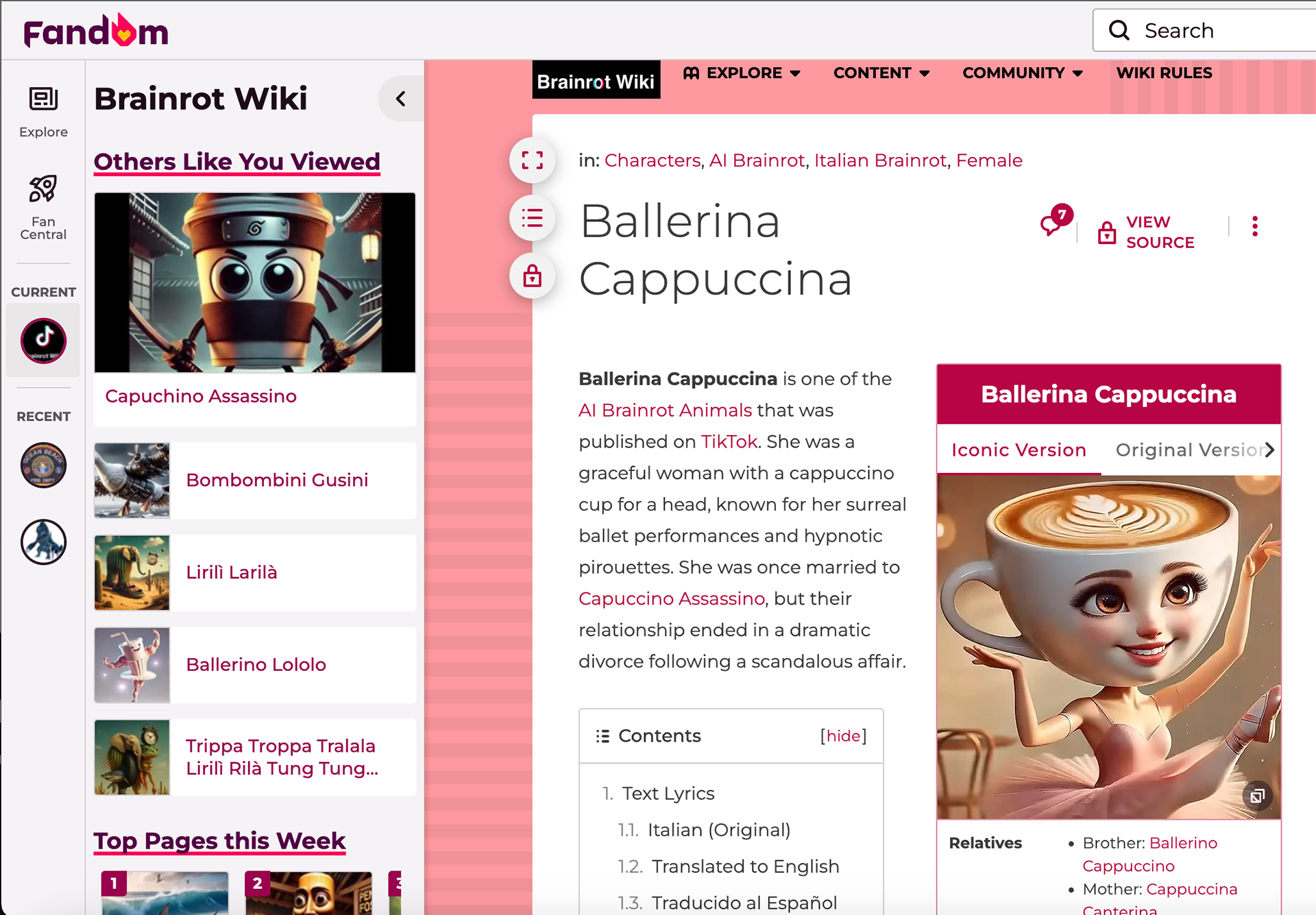
Who likes this shit like honestly?
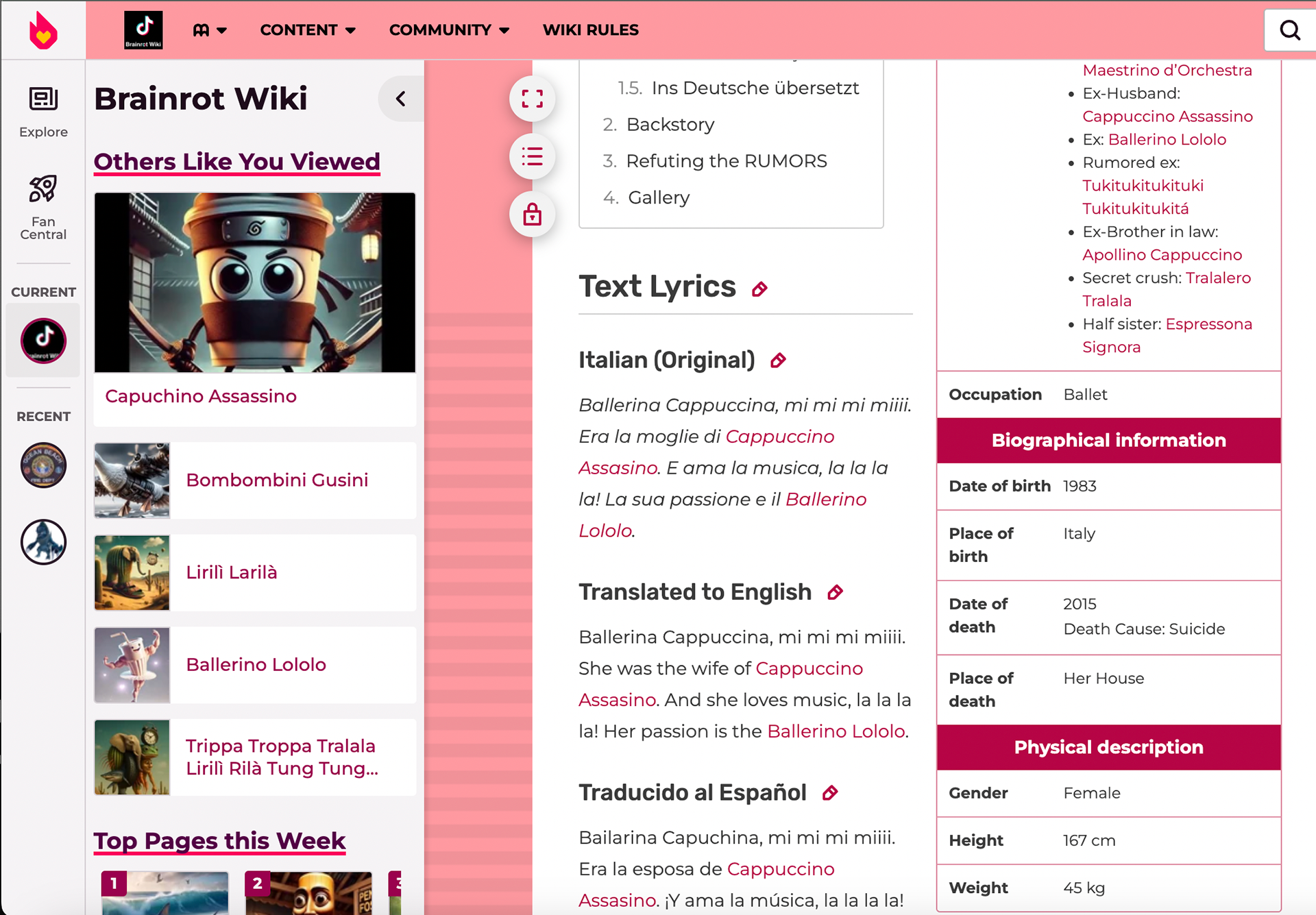
Who likes this shit like honestly?

Who likes this shit like honestly?
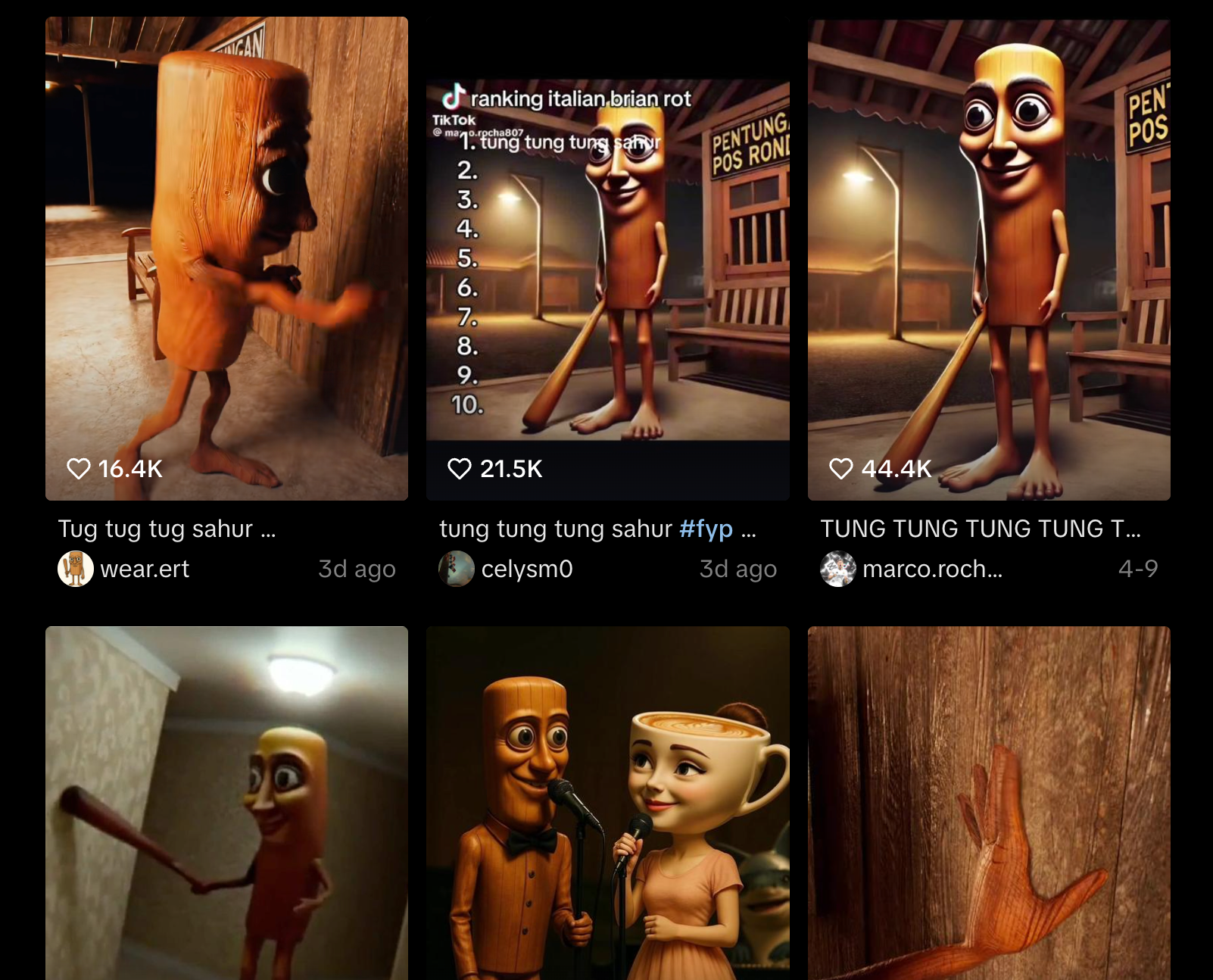
Who likes this shit like honestly?
Studying in the Era of Brainrot: The PDF-to-Speedrun Pipeline
It’s never been harder for students to focus. Not because they don’t care—but because the internet doesn’t let them. In this new academic survival method, students aren’t reading their homework anymore—they’re pasting PDFs into AI-powered “study generators” that read the material out loud in a robotic voice, usually layered over a Minecraft parkour map, a Subway Surfers run, or someone cutting kinetic sand while chewing gum into a mic. It’s not satire—it’s study strategy.
The idea is that the brain, fried by years of dopamine drip-feeds from TikTok, can no longer engage with static text alone. Reading a paragraph of Shakespeare? Too slow. But having it narrated by a glitchy SpongeBob voice while Steve jumps between blocks at 300 BPM? Somehow that works. Students are blending overstimulation with education just to trick their brains into absorbing information. We’ve entered the PDF-to-brainrot pipeline.
It’s not that today’s students are lazy—it’s that they’re adapting to a world where content has to scream to be heard. In this environment, silence is threatening. Focus is foreign. And the idea of just... reading? It’s like asking someone to meditate in a rave.
So now, lectures are digested in AI voices, assignments are explained by cartoon avatars mid-speed run, and history class gets absorbed while watching someone unlock achievements in Roblox. It’s wild. It’s concerning. But it’s the new normal. Education, meet chaos.

